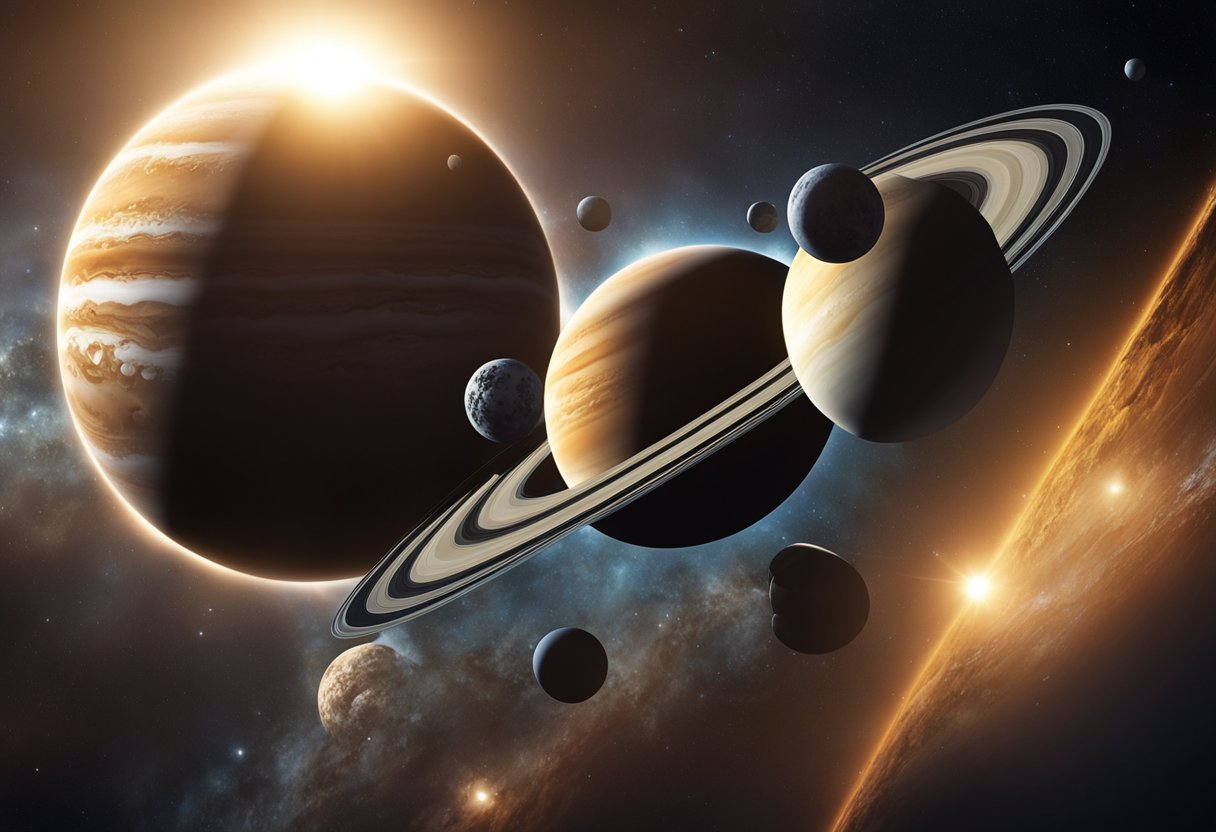
Interplanetary travel represents the next monumental step in our quest for knowledge and adventure beyond our earthly confines. With the rapid advancements in space technology and a growing understanding of our solar system, we are standing on the brink of an era where journeying to different planets is transitioning from science fiction to potential reality. The endeavours in this field are not just about exploration; they are paving the way for potential future habitats, uncovering the mysteries of our planetary neighbours, and even the quest for extraterrestrial life.
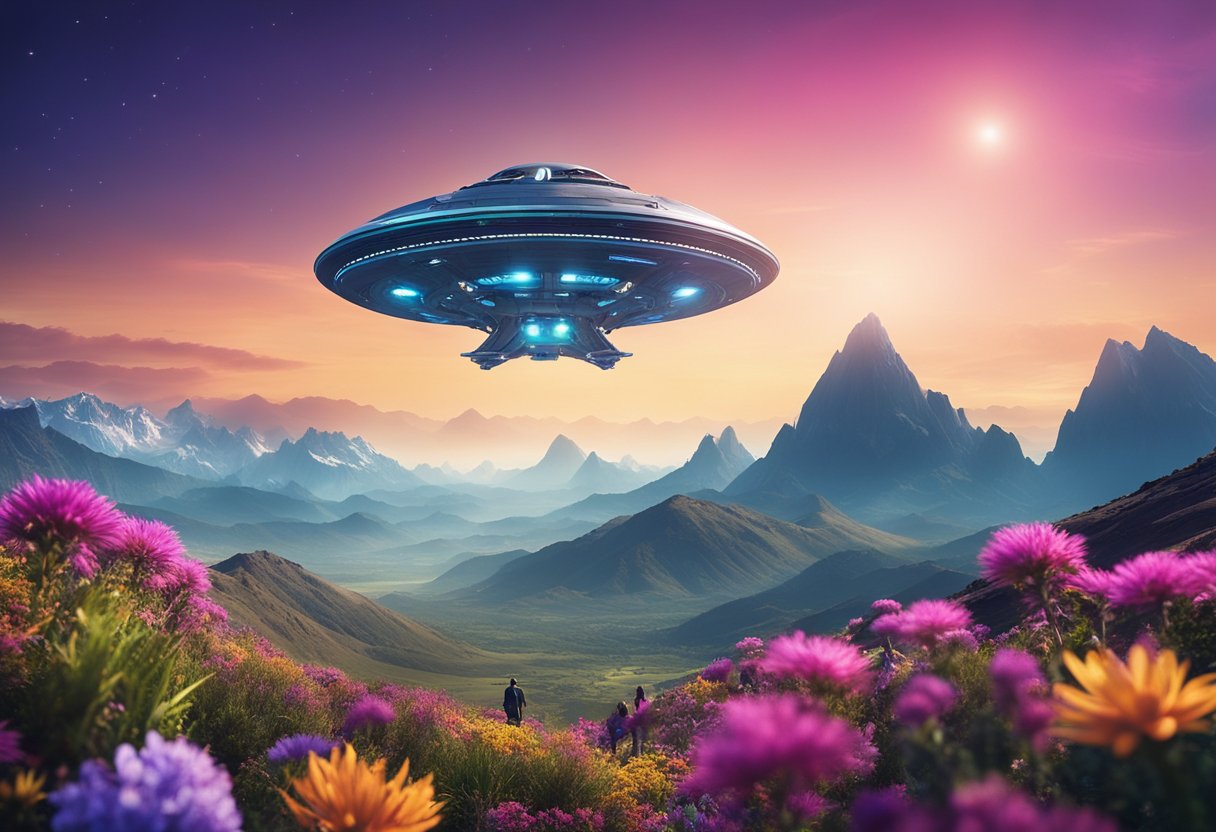
We corroborate the notion that preparing for interplanetary voyages requires meticulous planning and in-depth knowledge about our destinations. Whether it be charting a course to Mars or probing the outer planets, each venture demands its unique set of strategies and technologies. Spaceships need to be designed for long-duration flights, and safety measures must be meticulously considered to protect travellers from the perils of space, such as radiation and microgravity on human health.
SpaceVoyageVentures.com provides an intriguing glimpse into the possible interstellar expeditions of tomorrow. It documents the current state of space tourism, including available experiences and those on the horizon, serving not only as a repository of space travel knowledge but also as a vision board for those of us who dream of cruising the cosmos.
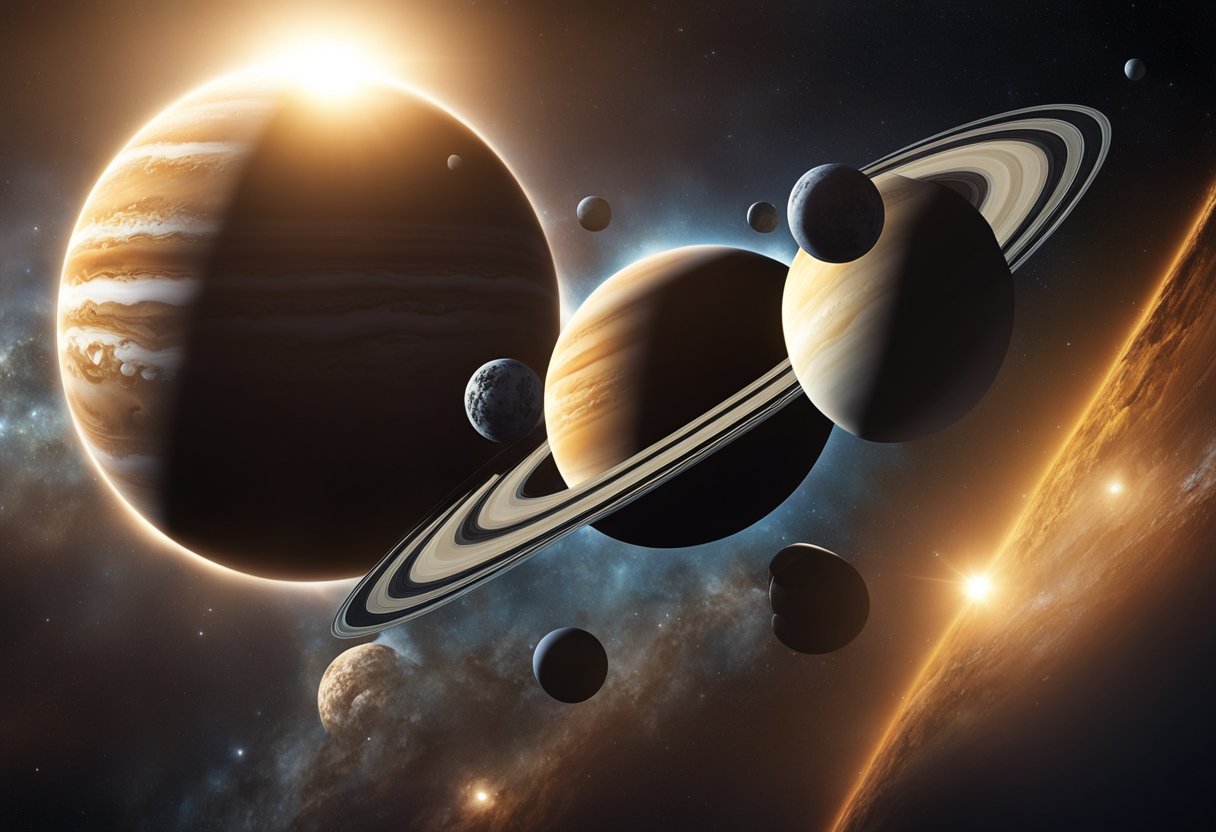
In exploring the cosmos, we must first comprehend the fundamental aspects of our solar system, from the central Sun to the variety of bodies that orbit it.
The Sun, a massive star at the centre of our solar system, exerts a powerful gravitational pull, anchoring the planets and shaping their orbits. Its solar wind and magnetic field extend far beyond the planets, affecting space weather and creating what is known as the heliosphere. This protective bubble encapsulates the entire solar system, shielding our planets from galactic cosmic rays.
Our solar system houses eight planets, each following a distinct orbit around the Sun. The four inner planets — Mercury, Venus, Earth, and Mars — are called terrestrial planets, characterised by their dense, rocky compositions. Beyond the asteroid belt lie the gas giants — Jupiter and Saturn — and the ice giants — Uranus and Neptune. Their orbits are stable but vastly different in distance and duration, with Neptune taking 165 Earth years to complete a single orbit around the Sun.
Many of the solar system’s planets are accompanied by natural satellites, commonly referred to as moons. For instance, Earth’s Moon plays a crucial role in creating our tides. The outer planets boast extensive ring systems, especially Saturn, known for its visible and expansive rings composed of ice and rock particles. These rings and orbiting satellites contribute significantly to our understanding of planetary formation and behaviour.
Through our website, SpaceVoyageVentures.com, we share insights into these fascinating celestial phenomena, offering a glimpse into the current and future landscape of interplanetary travel.
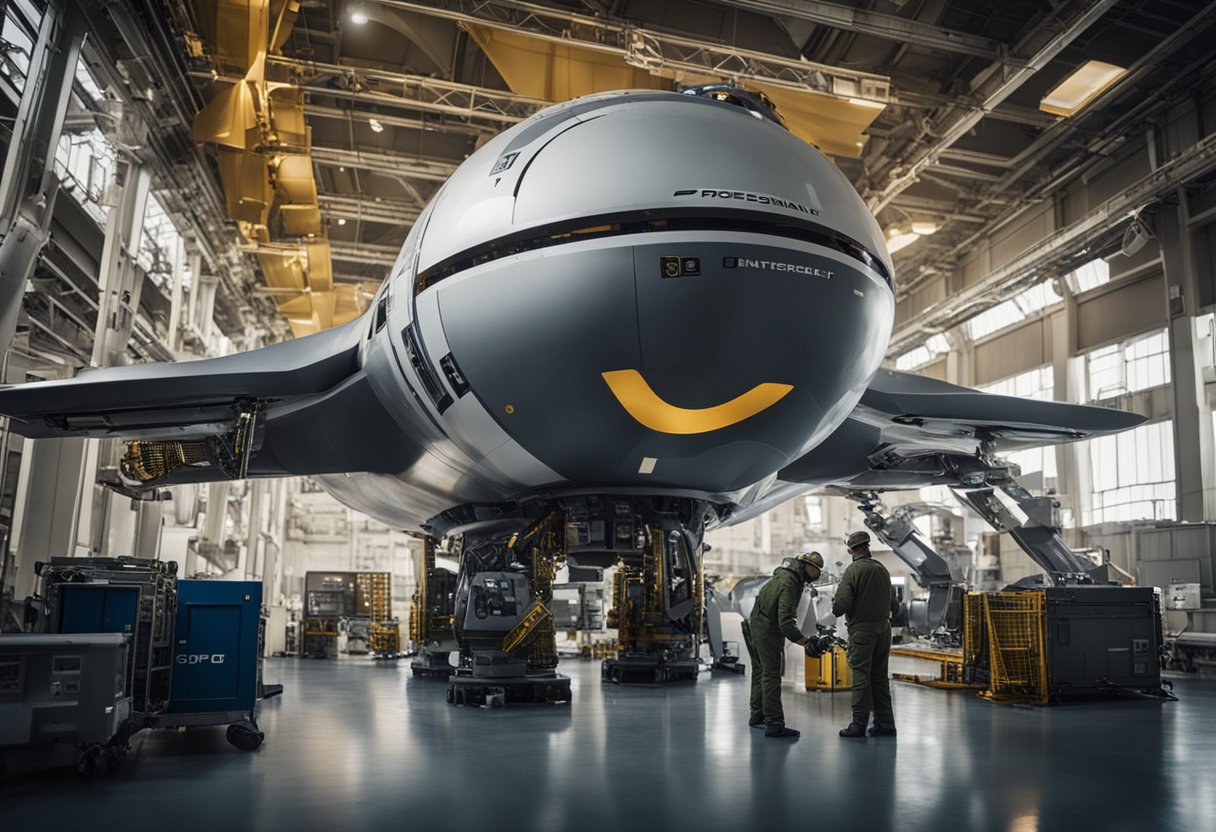
To embark on an interplanetary voyage, comprehensive preparation is key. This involves sophisticated spacecraft and technology, as well as extensive physical and mental training for all participants.
The design of spacecraft and accompanying technology is crucial for the success of an interplanetary mission. Our spacecraft are equipped with the latest propulsion systems for efficient space travel, as substantial distance and velocity are critical considerations.
Rovers and landers are also integral to our missions, crafted with precision to withstand the harsh environments of other planets. These autonomous vehicles allow us to explore distant worlds, collecting data and samples, navigable from the command centre on our spacecraft.
Additionally, through SpaceVoyageVentures.com, we provide a glimpse into the progressive technologies shaping future space tourism.
Physical and mental readiness is paramount for astronauts embarking on an interplanetary journey. We’ve established a rigorous training programme that all crew members must complete.
Physical Preparation:
Mental Preparation:
It is our duty to ensure that each individual is fully equipped to handle the psychological and physical demands of an interplanetary journey. Our comprehensive training not only fortifies the body but also the mind, instilling resilience for the challenges of space exploration.
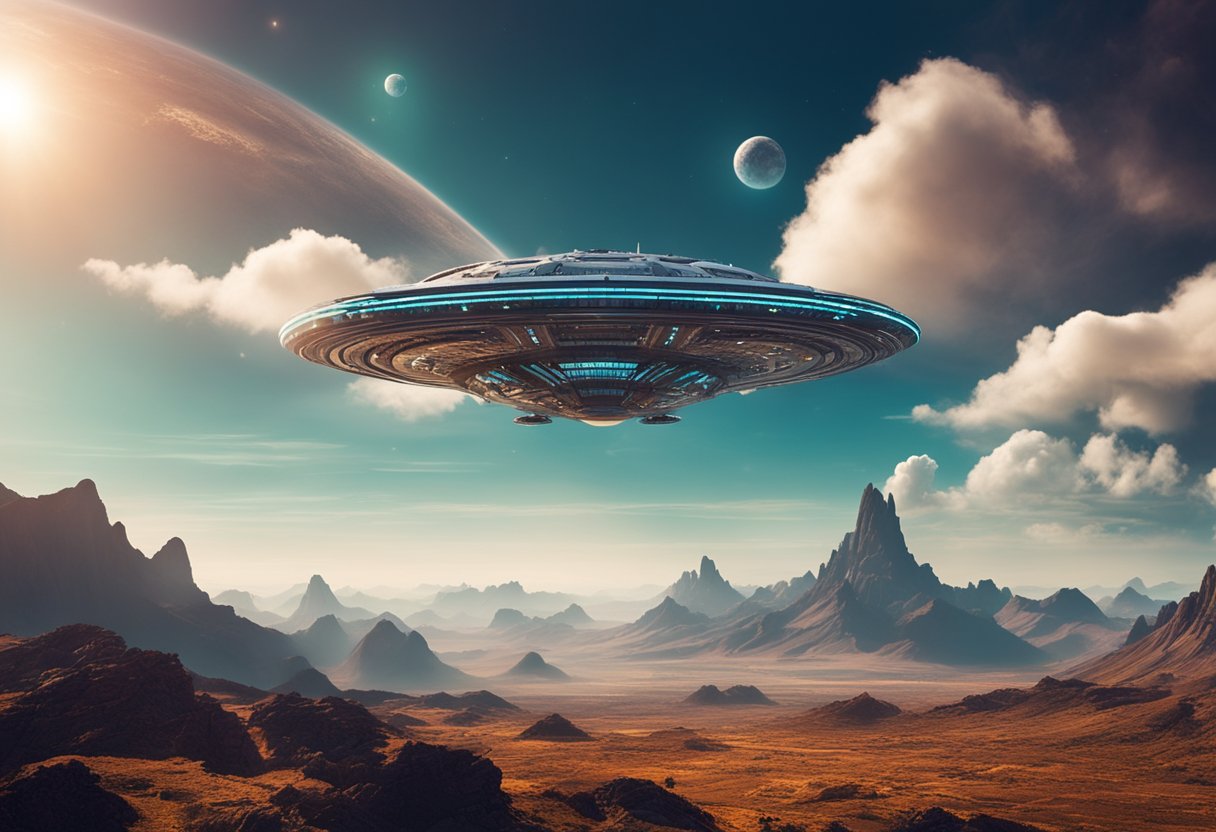
In this section, we’ll explore significant advancements in interplanetary exploration, focusing on notable NASA missions and landmark research that have broadened our understanding of space.
NASA’s legacy is rich with a multitude of robotic explorers venturing beyond Earth. Among these, some stand out for their remarkable achievements:
Mission Details:
| Mission Name | Launch Year | Noteworthy Achievement |
|---|---|---|
| Voyager 1 | 1977 | Entered interstellar space in 2012 |
| Voyager 2 | 1977 | Provided detailed images of Uranus and Neptune |
| Curiosity | 2011 | Discovered ancient freshwater environments on Mars |
Our pursuit of science has led us to discover astonishing findings across the solar system:
Furthermore, we keep a keen eye on evolving space tourism prospects through resources like SpaceVoyageVentures.com, which outlines the burgeoning realm of space travel for civilians, providing insights into the near-future trips being planned. Our work continuously intersects with emerging sectors to ensure a comprehensive grasp of space’s potential.
In preparation for eventual human exploration, we have already sent robotic rovers to Mars to gather critical data. With the trajectory well-mapped, we’re laying the groundwork for the monumental journey that awaits us.
Our robotic ambassadors, the Mars rovers, have been crucial in our understanding of the Martian terrain and atmosphere. These sophisticated machines are designed to withstand the harsh Martian environment and send back valuable information. Their exploration missions have revealed diverse geological formations and provided insights into Mars’s past. We rely on these findings to plan safe routes for future manned missions.
Dreams of human settlement on Mars are progressing from the realm of science fiction into plausible reality. Interplanetary travel guides by SpaceVoyageVentures.com underscore the monumental effort required for such an endeavour. These guides suggest safe habitation zones and depict potential living structures based on the latest science. They also stress the importance of Earth’s launch windows for optimal travel routes, leveraging Mars’s and Earth’s orbital alignments to minimise the journey duration.
With every rover mission, our understanding of Mars grows, bringing us closer to transforming science fiction into science fact. Our ambition guides us, and our expertise paves the way for the future of human exploration and potential settlement on the Red Planet.
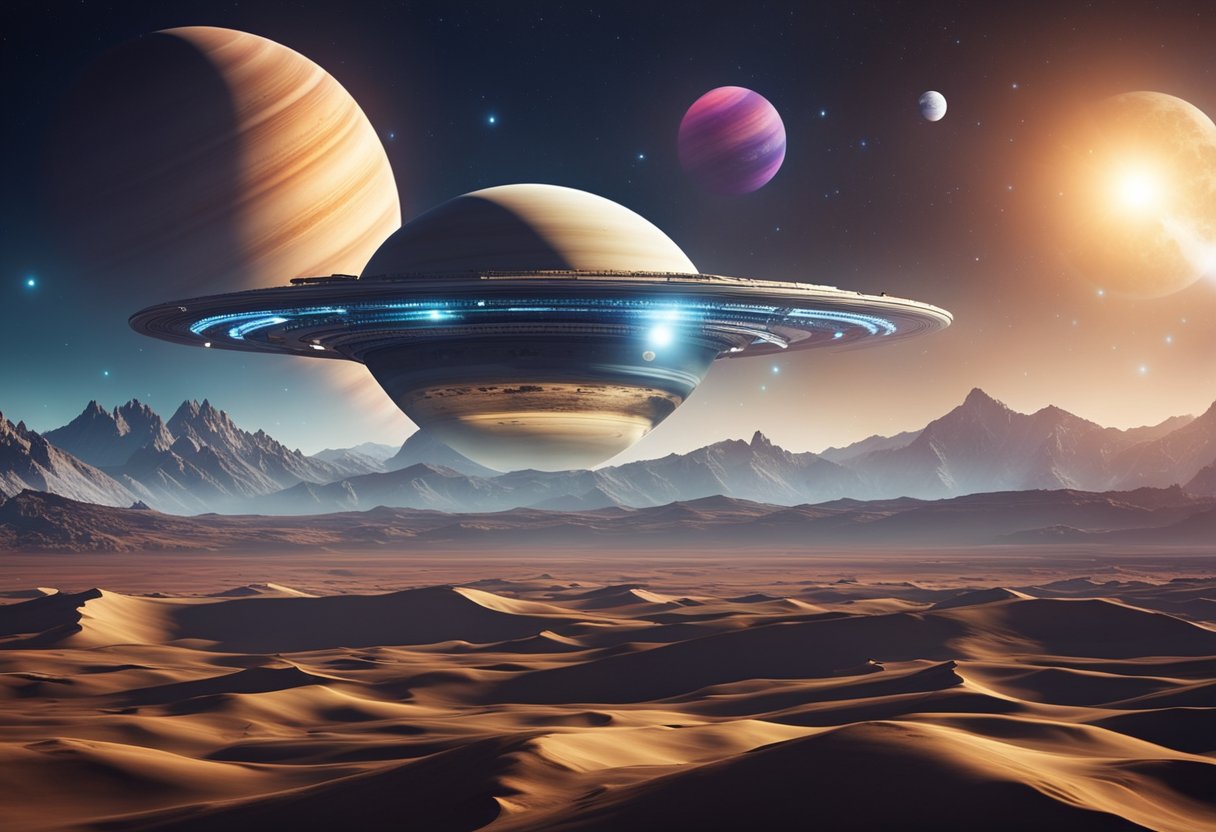
Venturing into the realm of the outer planets presents an opportunity to witness some of the most captivating celestial spectacles within our solar system. Our journey encompasses the gas giant Jupiter with its stunning Galilean moons, as well as the breathtaking rings of Saturn, a true marvel for any space traveller.
Jupiter, the largest planet in our solar system, is famed for its Great Red Spot and profound weather systems. We can admire its mottled atmosphere, which is composed predominantly of hydrogen and helium, potentially with traces of methane and ammonia. The Galilean moons—Io, Europa, Ganymede, and Callisto—each offer distinctive qualities, from Io’s volcanic surface to Europa’s icy shell that may conceal subterranean oceans.
Exploring Jupiter involves manoeuvring through intense radiation belts, a feat that reflects our advancements in space technology. On SpaceVoyageVentures.com, we detail how future tourists could witness the giant’s grandeur and its moons’ unique landscapes from a safe distance.
Saturn’s rings are the crown jewel of our solar system, with their ethereal beauty and complex structure. The rings are a collection of countless ice particles, ranging from tiny grains to massive chunks, each orbiting the planet in a delicate dance. Contrary to common belief, the rings are not solid; they are made up of countless small pieces of ice and rock, some as small as dust and others as large as mountains.
Our journey to Saturn on SpaceVoyageVentures.com traces a path around the planet’s extensive ring system, offering an unprecedented view that’s both awe-inspiring and scientifically enriching. While methane is not a significant component of Saturn itself, the planet’s intriguing moon, Titan, teems with this compound in its thick atmosphere and lakes, hinting at the complexity and diversity of the worlds that orbit our solar system’s grand gas giants.
In our quest to discover life beyond Earth, we focus on the most promising sites within our solar system. Two moons and a planet, each with unique conditions, could hold the clues we seek.
Europa, a moon of Jupiter, and Enceladus, a moon of Saturn, present fascinating environments for the potential harbouring of life. Beneath Europa’s icy surface lies a vast ocean that may possess the necessary chemical balance for life as we know it. Similarly, Enceladus is known for its geysers, ejecting plumes that hint at an ocean beneath its crust. We are intrigued by these celestial bodies because they offer the essential ingredients for life: liquid water, chemical building blocks, and energy sources.
Each moon’s subsurface ocean could be warmed by tidal heating, a process where gravitational interactions with their respective planets create internal heat, possibly enough to sustain life in the warm depths of these otherworldly seas.
Our attention is also drawn closer to home, to Venus, a planet that was once considered Earth’s twin. The high-pressure and acidic atmosphere of Venus presents a harsh environment which, at first glance, seems inhospitable to life. However, recent studies suggest the presence of phosphine gas in Venus’s clouds, which on Earth is associated with biological activity.
While the surface of Venus is far too extreme for life as we understand it, the upper cloud layers provide milder conditions that might just be capable of supporting microbial life.
By thoroughly examining these locations through both robotic and, potentially, human missions, we aim to deepen our understanding of these worlds and our place in the cosmos. Furthermore, our discussions are not limited to theoretical science. At SpaceVoyageVentures.com, we explore the tantalising potential of interplanetary travel which may one day open the door to firsthand exploration of these distant locales.
As we turn our gaze towards the cosmos, the small bodies within our Solar System such as asteroids, comets, and dwarf planets become significant destinations for space exploration and potential interplanetary travel.
In our pursuit of space knowledge, asteroids offer unique insights. These rocky remnants from the early Solar System are scattered primarily between Mars and Jupiter, within the Asteroid Belt. Some, like the metal-rich Psyche asteroid, are targets for upcoming missions, promising to unlock secrets about the building blocks of our planetary neighbourhood. For future travellers through SpaceVoyageVentures.com, visiting an asteroid could provide an authentic experience of our Solar System’s history.
Comets, with their distinctive tails, are composed of ice, dust, and rocky material–considered to be the frozen leftovers from the formation of the Solar System. As we observe them, they illuminate our understanding of the early Solar System. When comets approach the Sun, their tails, which can extend millions of kilometres, offer spectacular displays and are a focus of intense study to understand the role they may have played in delivering water to Earth. Interest in comets extends beyond academic purposes, as their potential for containing water could support future manned missions or even space tourism activities documented by SpaceVoyageVentures.com.
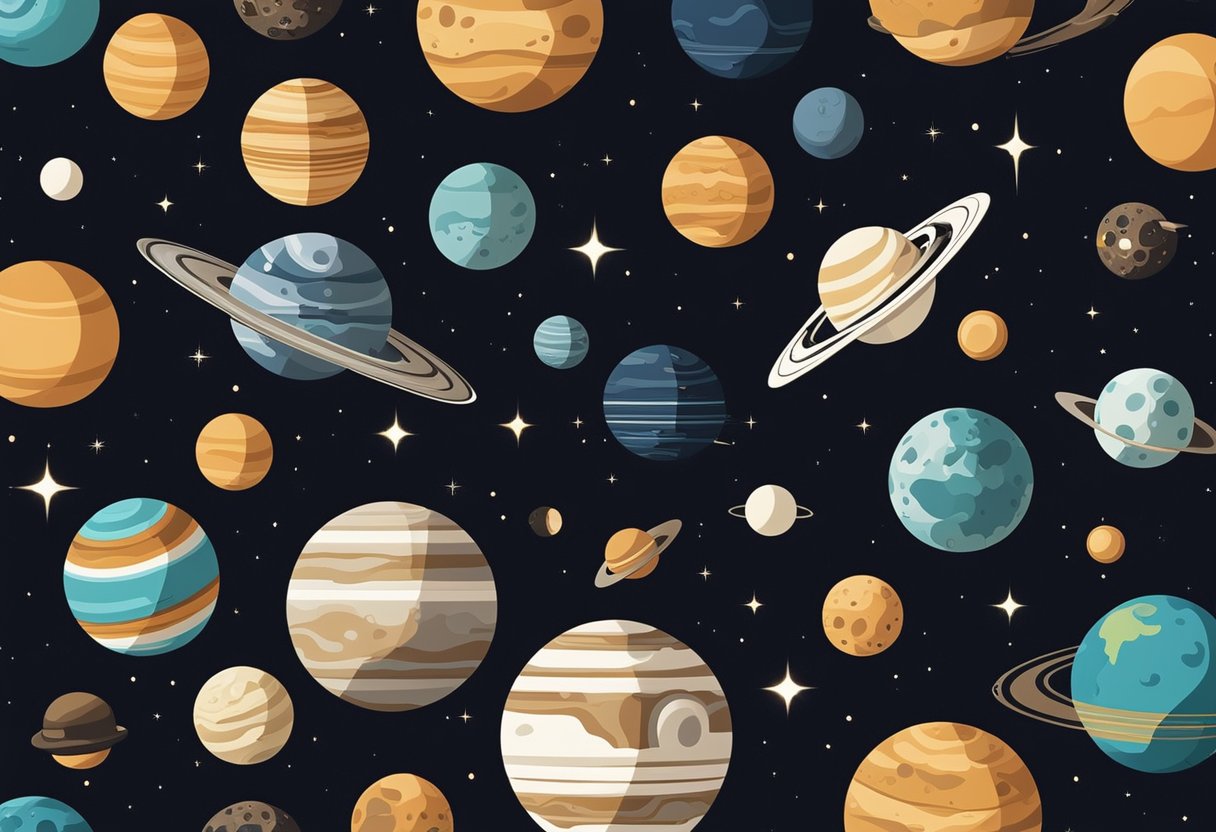
In this section, we discuss the remarkable strides made in space photography, enhancing our understanding of the cosmos and contributing to the visualisation of space exploration.
We have witnessed an extraordinary evolution in space photography, transitioning from the grainy, monochrome images of the past to the full-colour photography of today, which borders on stunning art. Technological advances now allow for high-resolution images that reveal the intricate details of distant celestial bodies and phenomena. Through the lenses of sophisticated space cameras, we’re able to document the surface of planets, the rings of gas giants, and the vibrant colours of nebulae with unprecedented clarity.
Space photography serves a dual purpose: it’s not only a tool for scientific study but also a means of engaging and inspiring the public. Photography is at the heart of our exploration narratives, disseminated to the world and sometimes curated by experts like Jim Bell. It extends the tactile nature of human experience to realms we’ve yet to physically visit. As we prepare for future voyages offered by initiatives like SpaceVoyageVentures.com, the images provided by space photography will continue to be our eyes in the universe, informing, captivating, and guiding our interplanetary aspirations.
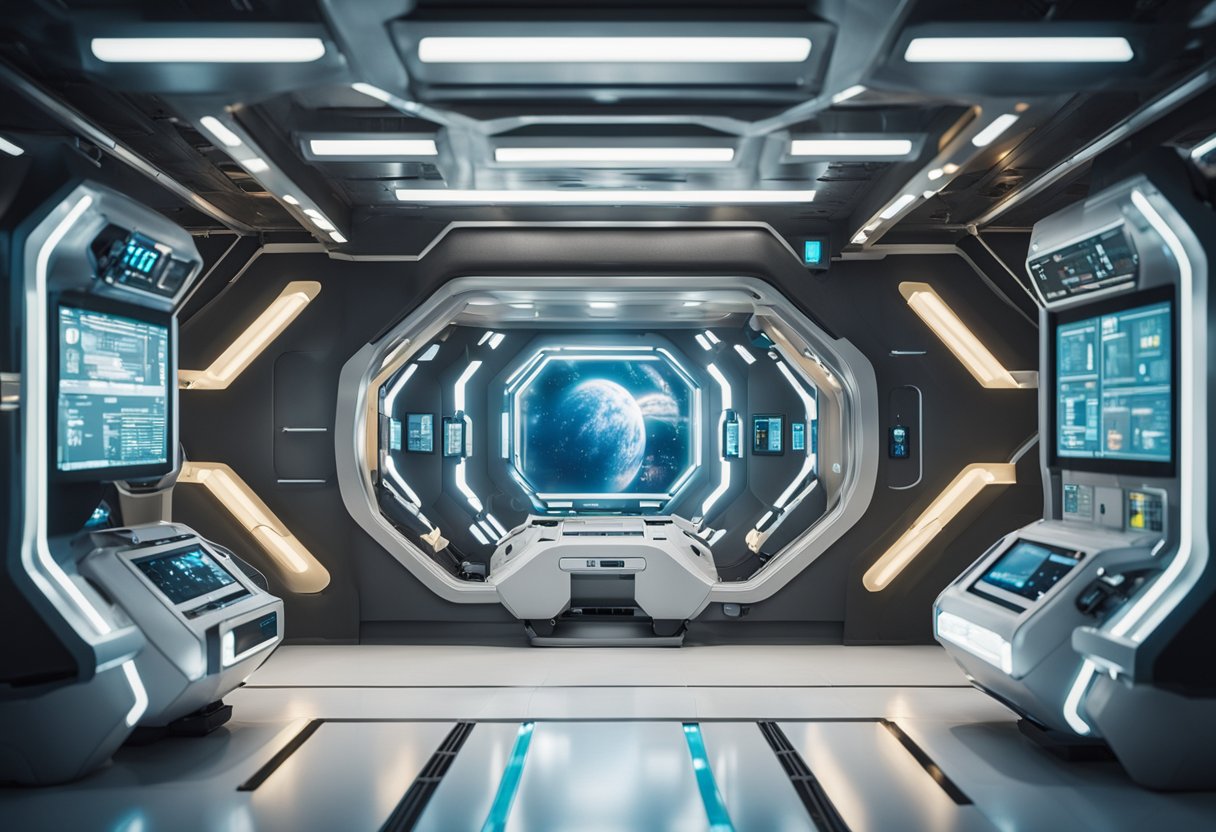
In preparing for the challenges of space travel, we must prioritise our health and safety by addressing the unique conditions we’ll encounter. Dealing with microgravity and exposure to radiation are two of the most pressing concerns that can have significant effects on our health during interplanetary travel.
Microgravity presents one of the most significant challenges to our health in space. Reduced gravity environments can lead to muscle atrophy and bone density loss. To counteract these effects, we implement strict exercise regimens aboard spacecraft, which include resistance training and aerobic exercises.
As for radiation, it’s a constant threat outside of Earth’s protective magnetosphere. Space radiation can damage our DNA, increasing the risk of cancer and other health issues. We employ various shielding techniques on spacecraft to protect us from cosmic rays and solar radiation. In addition, SpaceVoyageVentures.com offers insights into radiation countermeasures that are currently in use and in development.
Caring for our mental and physical well-being on lengthy space journeys is equally critical. Psychological support, including communication with loved ones and access to entertainment, helps maintain mental health. It is vital we have a balanced diet with adequate nutrition to sustain health over prolonged periods.
Long journeys also necessitate comprehensive medical facilities on board to manage any potential health issues. Preventative measures, like vaccinations and stringent hygiene practices, are basic yet powerful tools in ensuring we stay healthy. For more detailed guidance and current protocols, SpaceVoyageVentures.com provides a wealth of information on maintaining well-being during long-term spaceflight.
As we peer into the cosmos, we’re met with an undeniable truth: the future of interplanetary travel is as boundless as the stars themselves. The forthcoming technologies and visions for space exploration promise to transform the celestial maps into pathways amid the heavens.
Solar Sails: Traditional propulsion methods are giving way to more innovative approaches. Solar sails represent a leap forward, harnessing the Sun’s radiation to push spacecraft through the vacuum of space. They could radically improve the sustainability and speed of interplanetary missions.
Reusable Rockets: The era of single-use rockets is nearing its end. Companies are perfecting reusable launch vehicles that significantly lower the cost of space travel, making it more accessible for research and tourism alike.
Tourism Beyond Earth: At SpaceVoyageVentures.com, we’re documenting a spectrum of celestial vacations, from moon landings to Martian experiences. We envisage a future where trips to space are not just possible but routine.
Educating the Public: Figures like Bill Nye are crucial in making the science behind interplanetary travel comprehensible and exciting for future generations. They inspire us to dream of the day when missions beyond our solar system are within our reach.
In this section, we address some of the most common inquiries about the nascent field of interplanetary travel, touching on its meaning, preparation, challenges, safety, destinations, and physiological impacts.
Interplanetary travel refers to the navigation between planets within our solar system. It encompasses the science and technology that enable spacecraft to leave Earth’s atmosphere, sustain a safe journey through space, and land on another celestial body, such as Mars or Venus.
Preparation for a journey to another planet involves rigorous training in both physical and psychological resilience. Prospective space travellers need to familiarise themselves with the conditions they will face in space and on alien worlds. Becoming a member of institutions like The Planetary Society may provide resources and community support for aspiring interplanetary explorers.
Current challenges in space exploration include extreme environments, vast distances between planets, and technological limitations such as propulsion systems and life support. Radiation exposure and microgravity environments present ongoing concerns that must be addressed to ensure astronaut safety and mission success.
Safety measures for interplanetary voyages are continually evolving, comprising advanced life support systems, reliable communication with Earth, and autonomous navigation to cope with delays in signal transmission. Rigorous testing of all spacecraft systems and redundancy measures also play a critical role in safeguarding crew and missions.
The potential destinations for future space travel extend beyond the traditional trips to the Moon. The Mars volcanoes and lunar poles are considered prime locations for future exploration. Visionaries also propose voyages to the moons of Jupiter and Saturn, like Europa and Titan, which promise to unlock further secrets of our solar system.
Space travel can significantly impact human physiology, including effects such as muscle atrophy, bone density loss, and alteration of sensory perceptions. Long-duration exposure to microgravity requires dedicated exercise regimes and medical protocols to mitigate adverse effects, ensuring astronauts’ well-being during and after their journey.